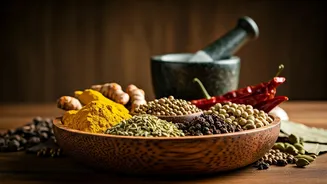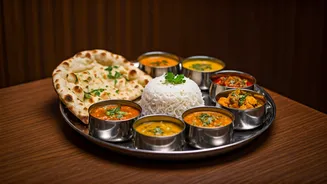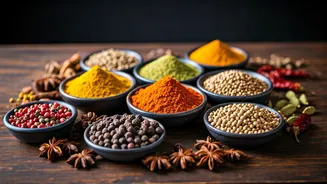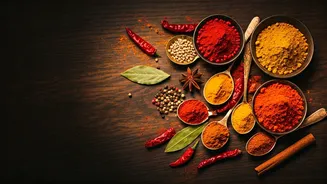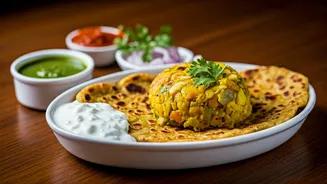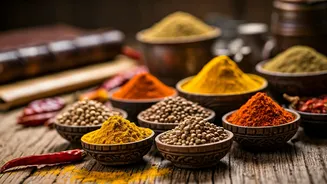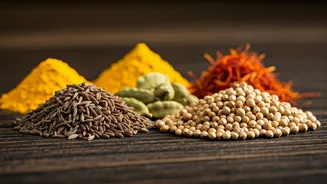Regional Culinary Diversity
India's culinary landscape is a reflection of its vast geographic and cultural diversity. Each region boasts its unique cooking style, influenced by local
ingredients, climate, and historical interactions. Northern Indian cuisine often features creamy curries and tandoor-cooked meats, seasoned with warm spices like cumin, coriander, and cardamom. In contrast, the south emphasizes the use of coconut, rice, and a variety of lentils, showcasing a blend of spicy and tangy flavors. The Eastern region boasts delicate fish preparations and the sweetness of Bengali sweets, while the West presents a fusion of flavors, incorporating seafood and coastal influences. These diverse styles highlight how Indian food varies across the nation, making it a constant source of discovery.
Spices and Aromatics
Spices are the heart and soul of Indian cuisine. They not only enhance flavor but also contribute to the aroma, color, and medicinal properties of food. Common spices such as turmeric, ginger, garlic, and chilies are used in nearly every dish, while the usage and proportions vary by region. Turmeric gives dishes their vibrant yellow hue and is known for its anti-inflammatory properties, while ginger and garlic provide a pungent base for many curries. Chilies add varying levels of heat, and the use of aromatic spices, like cloves, cinnamon, and nutmeg, contributes warmth and complexity. The art of blending these spices, often known as 'masala,' is a highly skilled craft, ensuring the balance of flavors and aromas that define the unique character of Indian cooking.
Cooking Techniques Galore
Indian cooking uses many different techniques that contribute to its variety. Tandoor cooking, originating from the north, uses a clay oven to cook meats and bread at high temperatures, creating smoky flavors and a unique texture. Frying, both shallow and deep, is a common practice, particularly in snack preparations and street food. Steaming is extensively used, especially in southern cuisine, to prepare idlis and dosas. Slow cooking is key to developing complex flavors in curries and stews, allowing spices to meld with the ingredients. Grilling and roasting are also common, employed for vegetables and meats. Each technique adds a unique flavor profile to dishes. These techniques reflect a blend of tradition, necessity, and regional influences, adding depth to the Indian culinary experience.
Food's Cultural Significance
Food plays a central role in Indian culture, going beyond mere sustenance to serve social, religious, and celebratory purposes. Meals often act as focal points for family and community gatherings, reinforcing bonds and traditions. In many religious contexts, food is offered to deities and shared as 'prasad,' a symbol of faith and devotion. Festivals are celebrated with specific food items, symbolizing prosperity, health, and good fortune. Weddings and other important life events involve elaborate feasts, with dishes carefully chosen to reflect the occasion's importance and auspiciousness. The customs surrounding food, from offering hospitality to sharing meals, express deep cultural values. Food acts as a unifying element that binds people together, demonstrating the importance of shared experiences in everyday life.
